A new study has found that, in America, over six million homeowners don’t have homeowners insurance, particularly among Native American, Black, and Hispanic communities. A lot of people are taking a gamble with their homes, especially in terms of natural disasters like hurricanes and wildfires. This figure means that around $1.6 trillion homes are vulnerable without any backup plan.
A National Concern
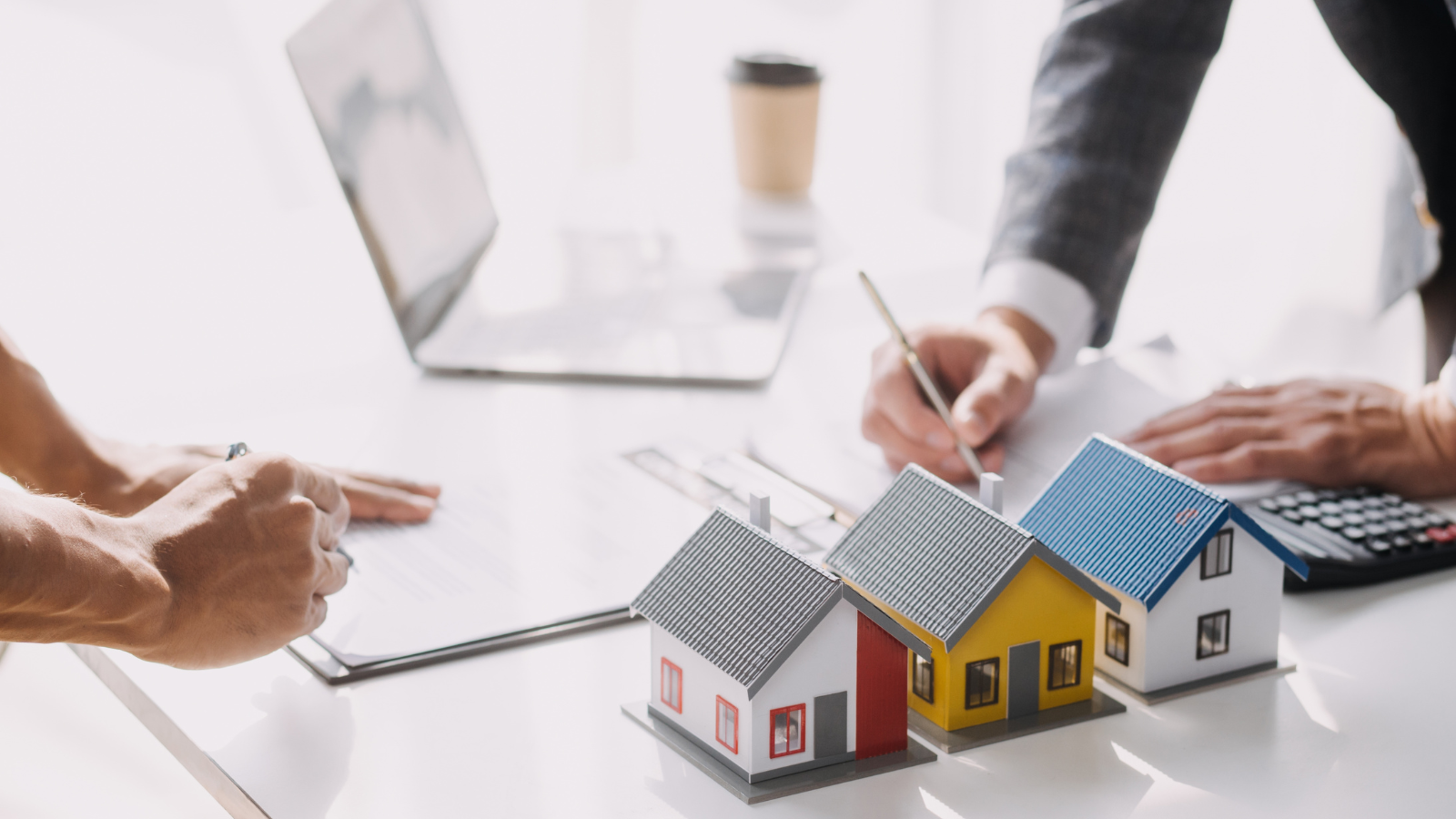
The Consumer Federation of America conducted the report, which found that 7.4% of American homeowners don’t have insurance. If any kind of disaster hits these homes, it could spell out some serious problems for these people and the economy. Sadly, this issue is flying under the radar for too many people.
Not Just a House
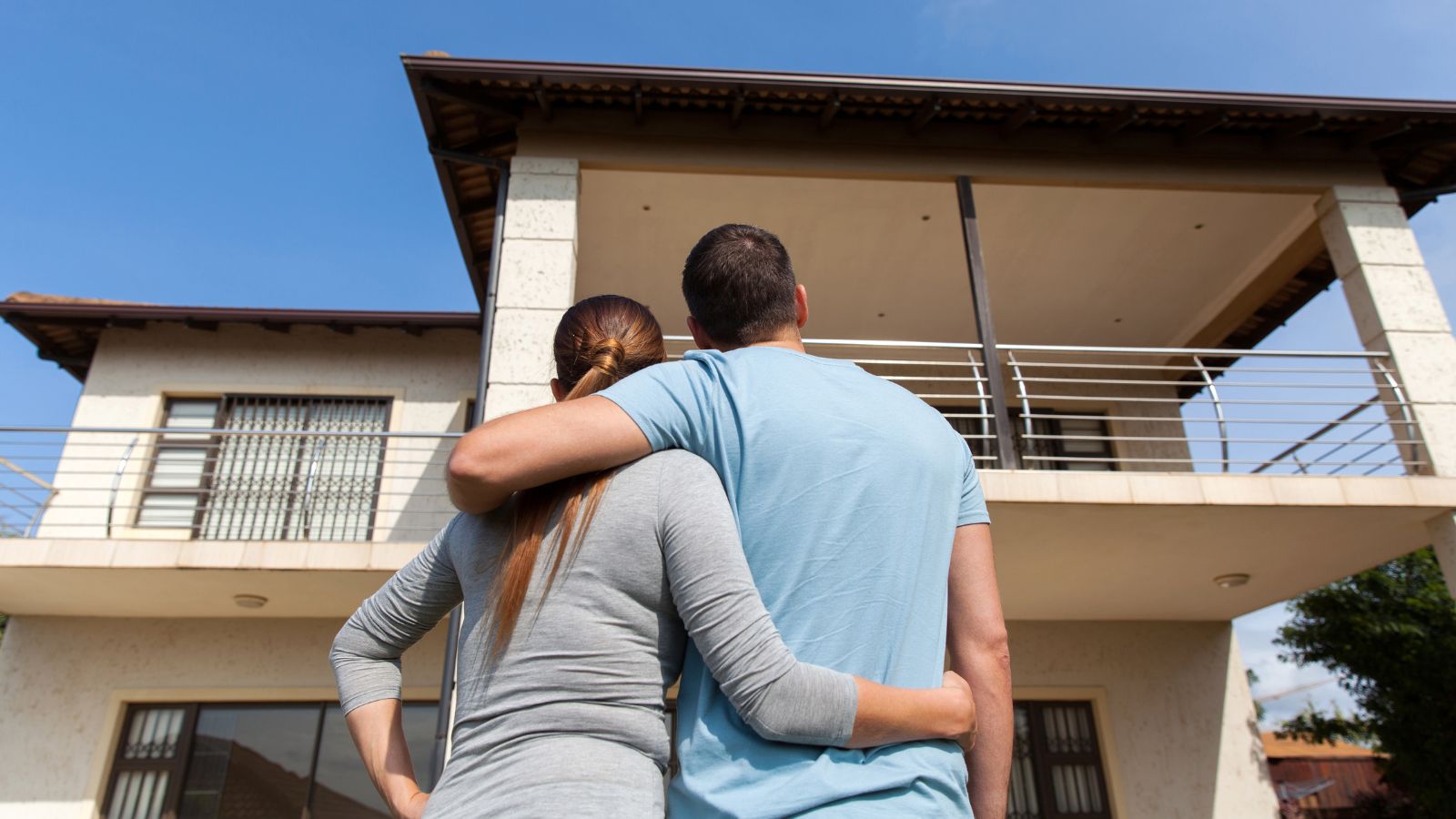
The main issue is that not having insurance affects more than just homeownership. In almost every neighborhood across America, real estate plays a big part in the economy. If these homes are going uninsured, then this affects the whole area. It’s a serious issue for the whole community.
Building Stronger Communities

Likewise, insuring more homes will help build stronger communities so that whenever disaster strikes, more people can bounce back quickly. Homeowners can recover their losses, while communities feel confident in overcoming challenges. As such, everybody benefits when more people are insured.
The Risks
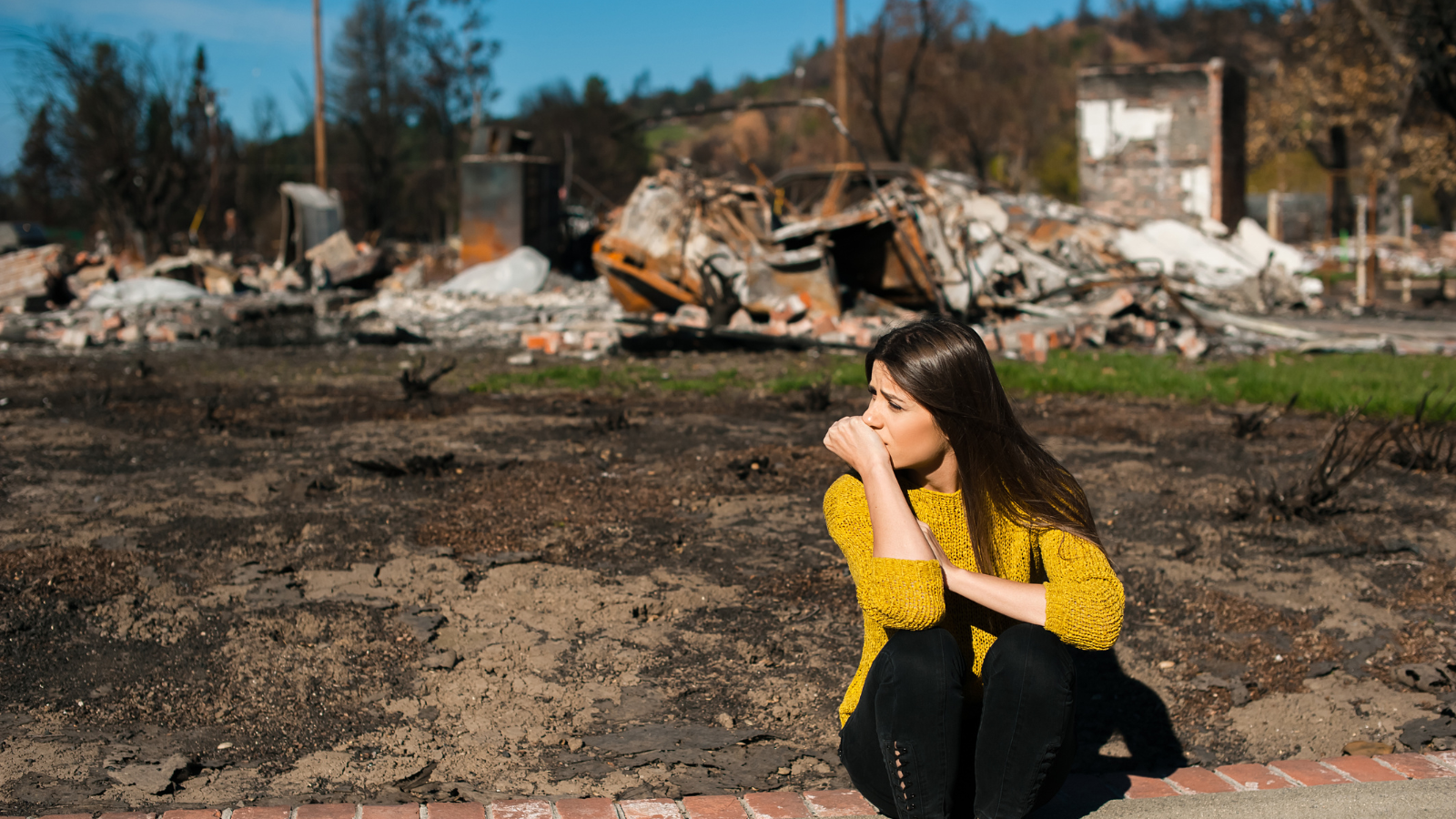
The report says, “Many consumers struggle to afford steeply increased premiums, while others find it difficult to obtain insurance in the private market altogether. Concerns are growing that many American homeowners are forced by financial realities to forego homeowners. Insurance [which] puts consumers at risk of accruing significant financial debt to repair their homes, having to live with unsafe and inadequate housing conditions, or moving from homeowner to homeless after disaster strikes.”
Issues of Inequality
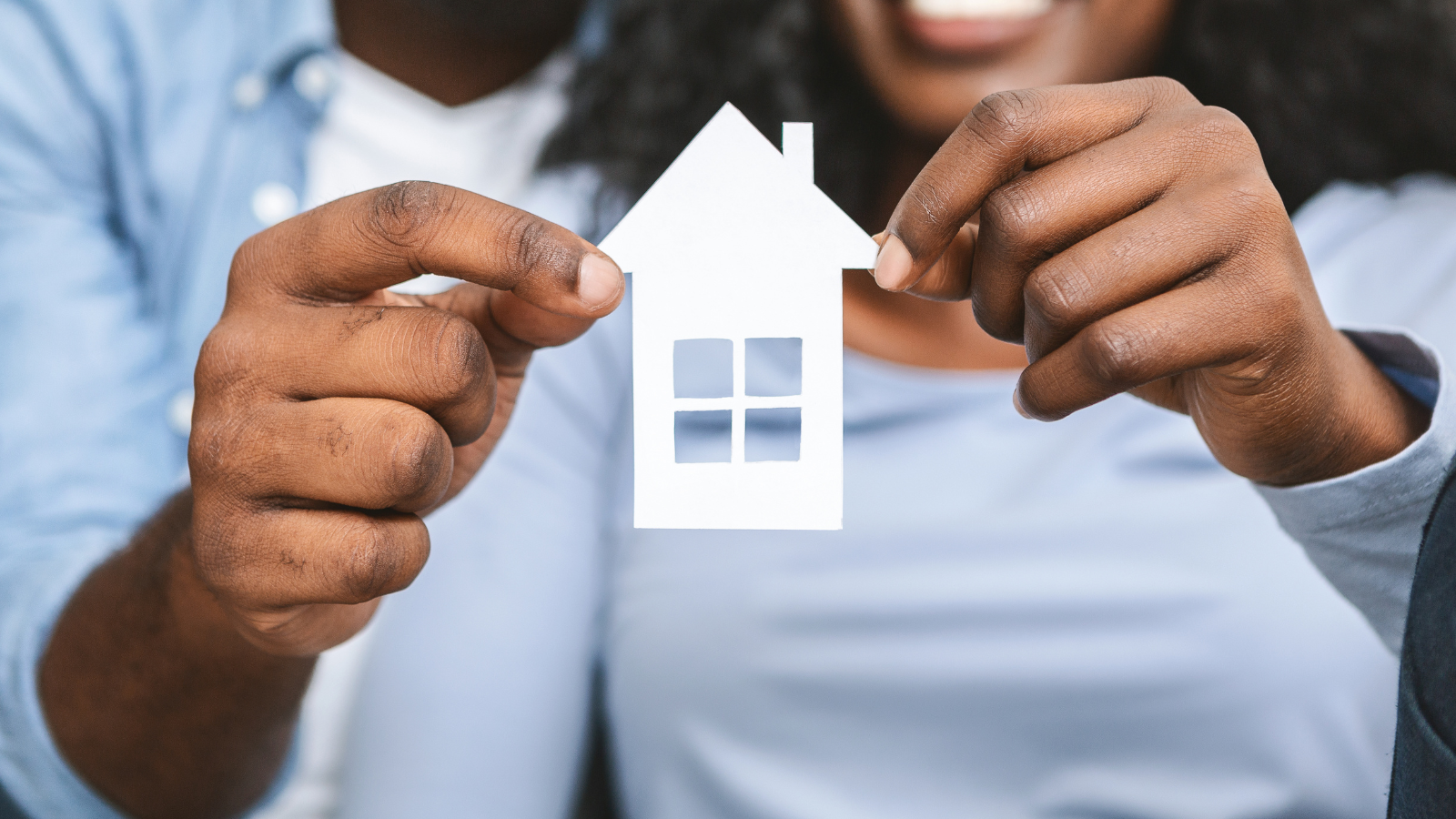
Of course, the survey also highlights some important issues over racial inequality and economic instability. 14% of Hispanic, 22% of Native American, and 11% of Black homeowners don’t have this insurance. This issue is causing the racial wealth gap to get even bigger, which could mean these communities are losing important opportunities.
Racial Insurance Gaps
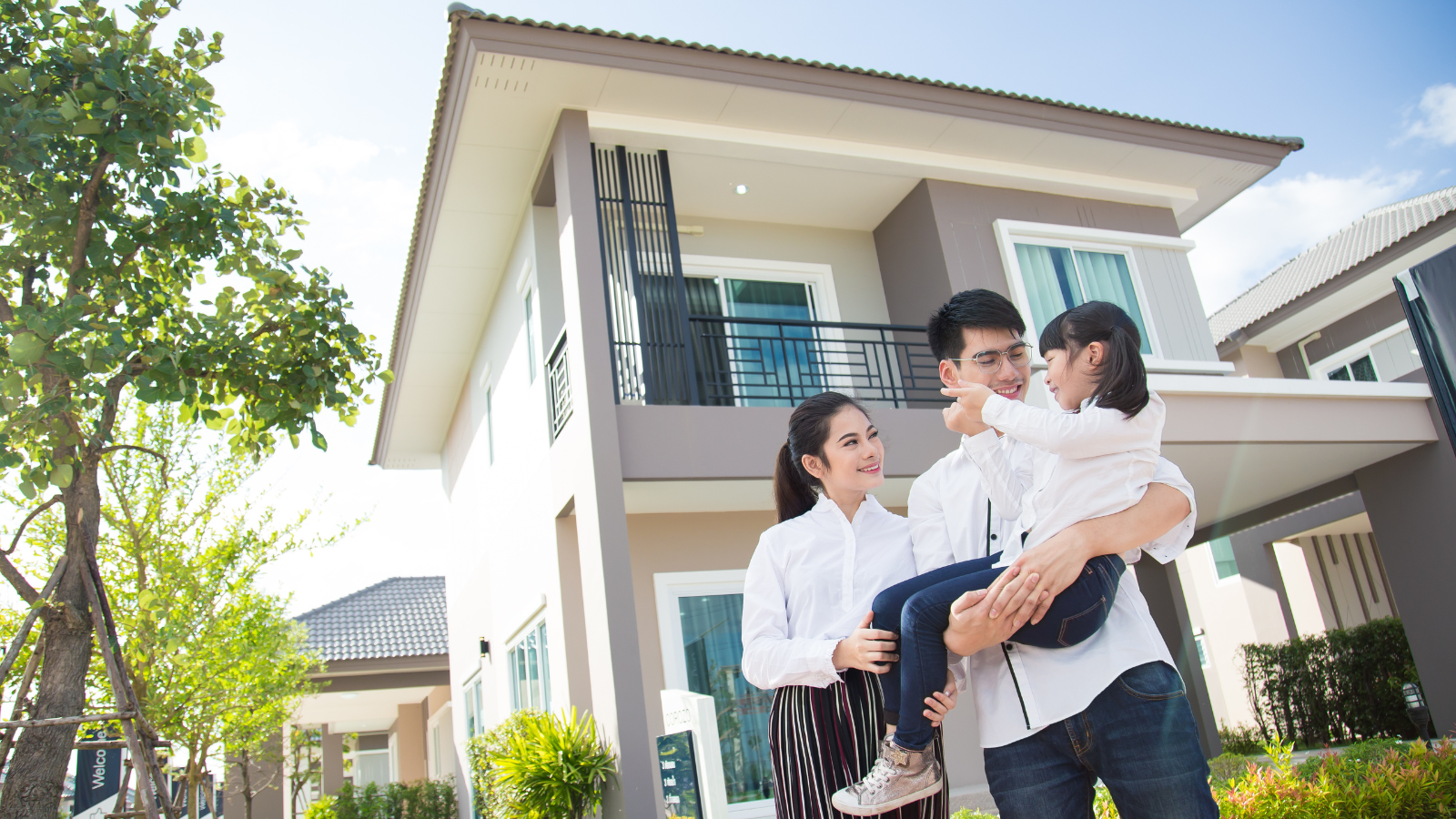
It’s not clear exactly why these communities are the worst targeted, although the report suggests this may be because of “redlining.” This is where areas don’t receive certain financial services because they have too many people of a certain race or ethnicity. Although it’s now illegal, the report claims that it hasn’t disappeared but evolved into something different.
Lower-Income Families
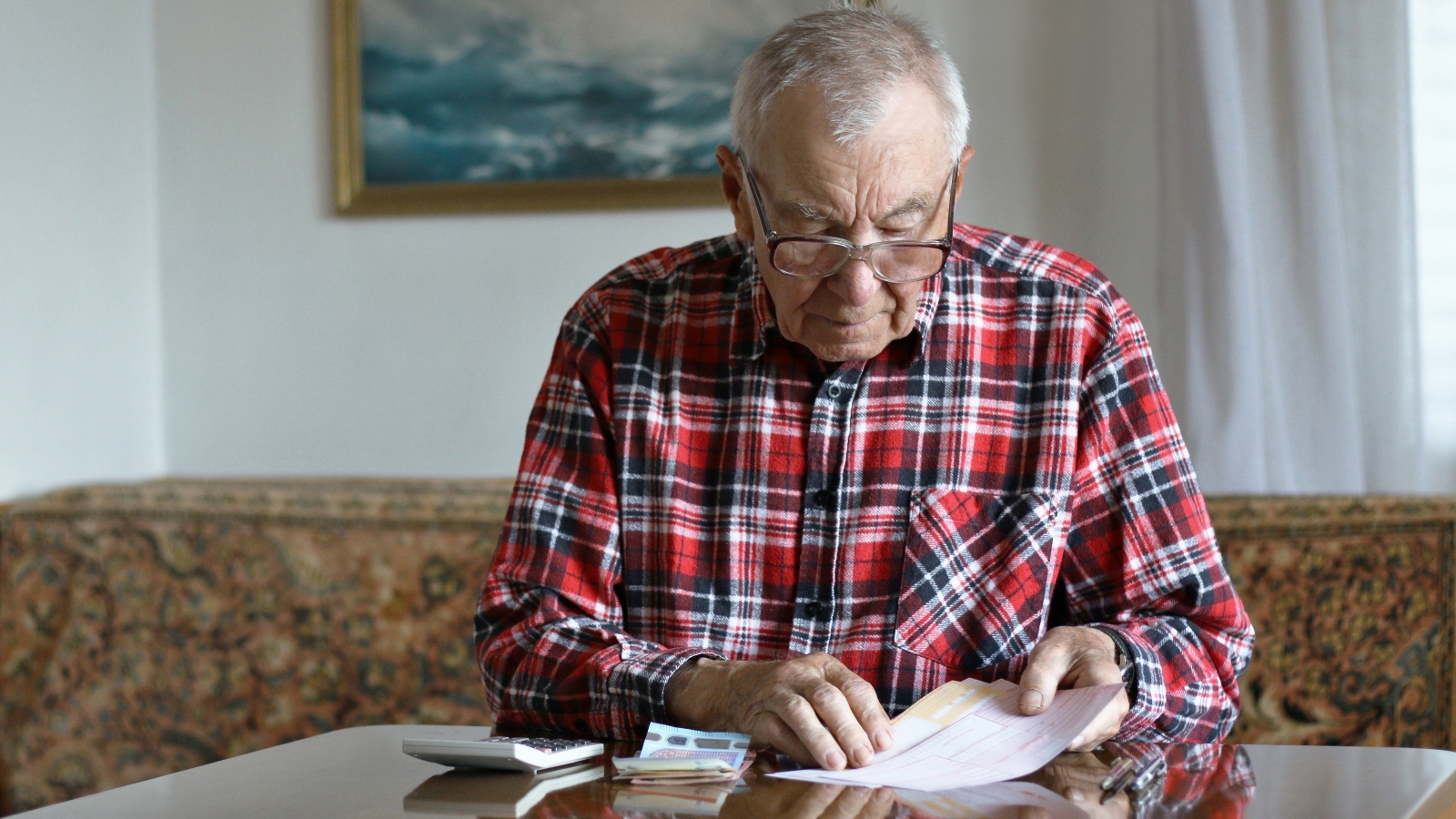
The situation is even harder for families making less than $50,000 a year, as they’re two times more likely to be without homeowners insurance. That’s roughly 15% of lower-income households who are at risk without any kind of protection. They may have to deal with some serious losses that they can’t afford to recover from.
Manufactured Homes
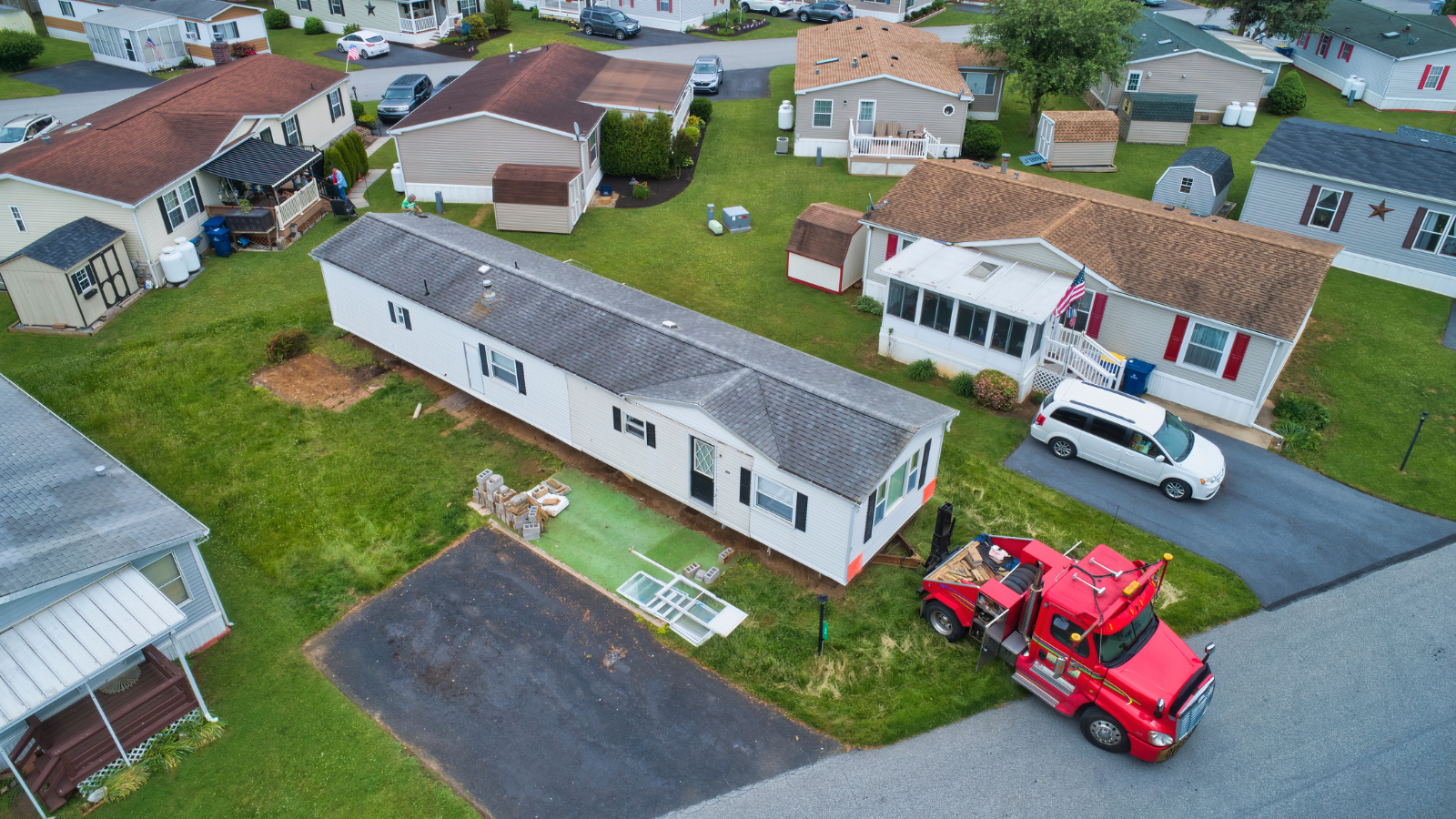
The type of homes people have also affects their chances of having homeowners insurance, as 35% of people with manufactured homes don’t have it. These homes are more vulnerable to damage, but they’re the least likely to be protected. Without this insurance, a single disaster could completely destroy their homes and savings.
Inherited Homes
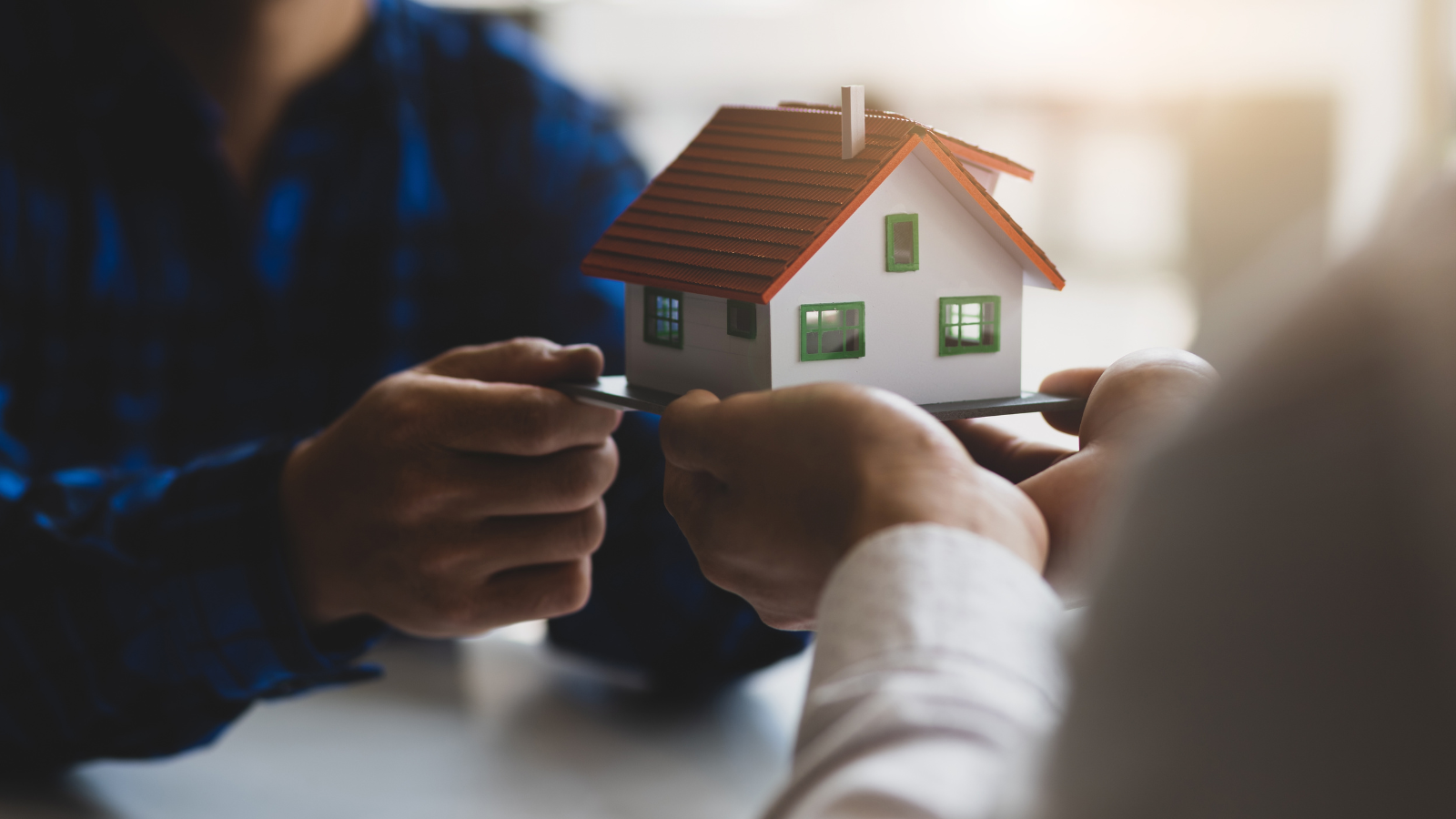
Likewise, 29% of homeowners with an inherited home can’t afford to insure it. Although they might save money on buying their properties as they’ve just inherited them, they don’t have the means to actually protect them. Not being able to secure such a valuable disaster could cause some major problems.
Location, Location, Location
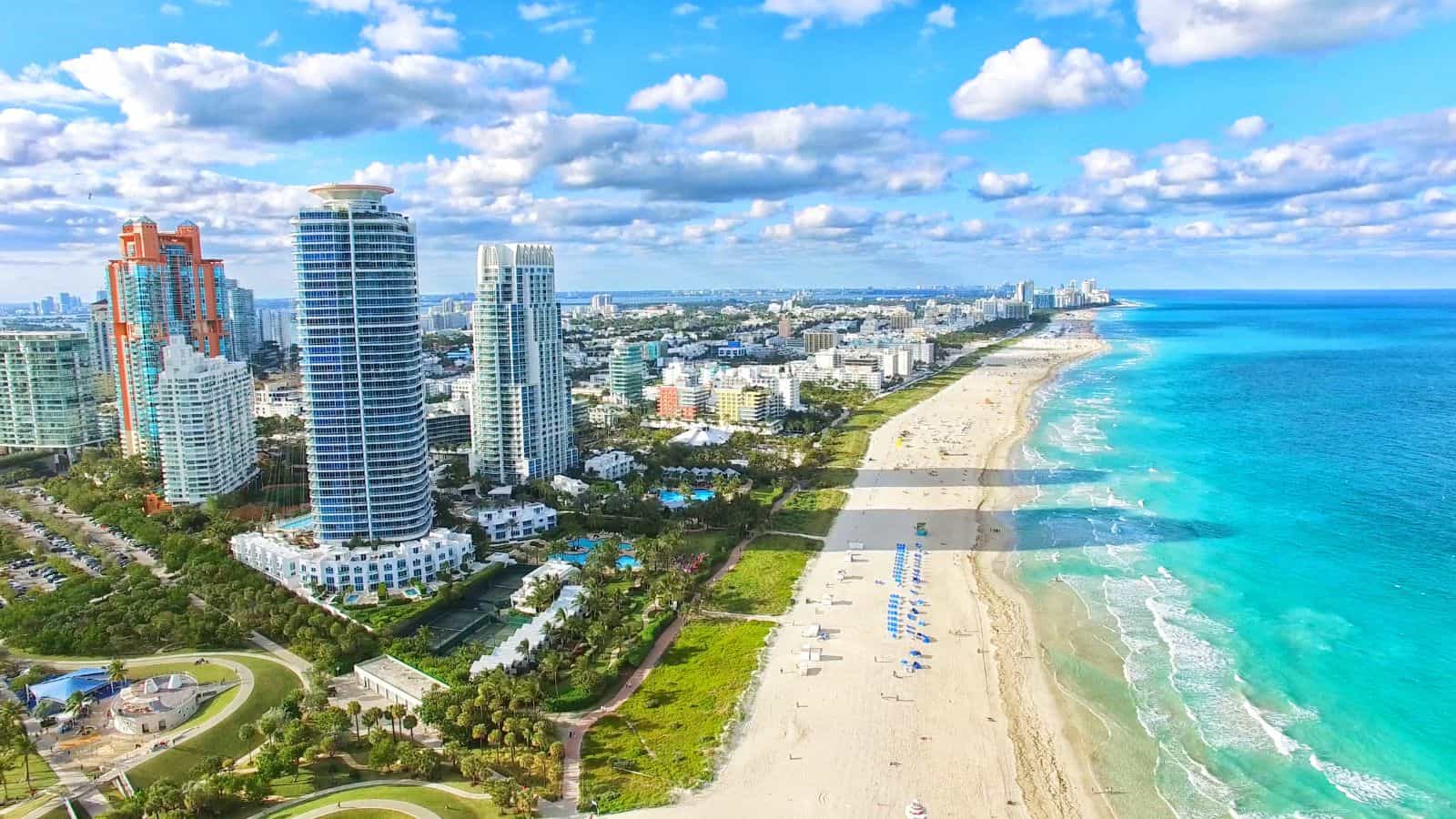
In some places, people are more likely not to insure their homes, such as in rural areas. The survey also found that people lack this type of insurance in big cities like Houston and Miami, as well as in states like Louisiana and New Mexico. Of course, not everyone is avoiding this insurance because they can’t afford it, as sometimes it’s because there just aren’t enough options.
The Cost of No Insurance
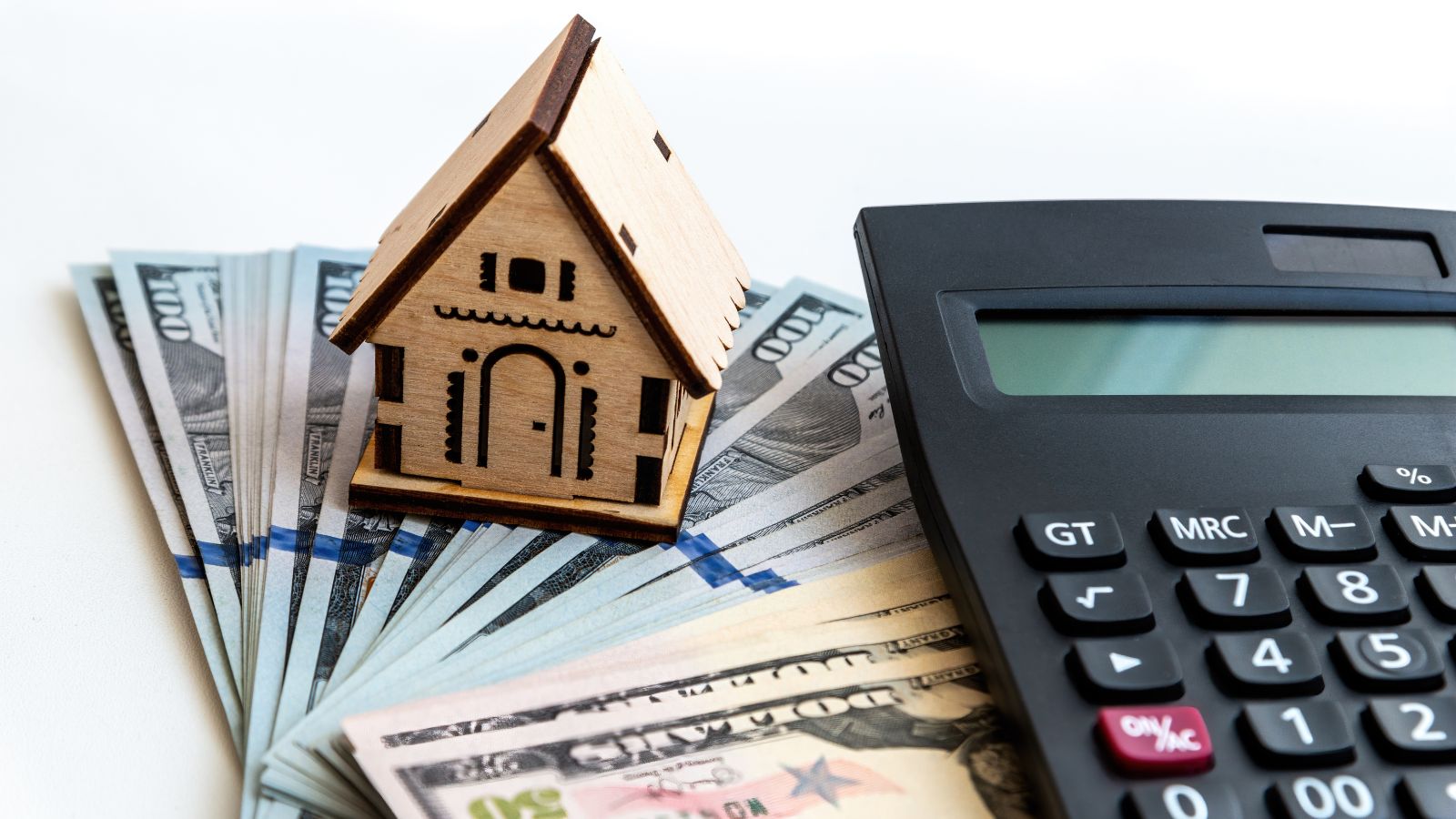
On a smaller scale, it might not seem that important, but as a whole, this means that $1.6 trillion worth of homes are completely unprotected. Around $339 billion worth of these homes are Hispanic, while roughly $206 billion are Black. Clearly, there are a lot of high-value assets just hanging in the balance.
The Long-Term Impact

Not having homeowners insurance also means that homeowners can’t maintain their homes properly or become wealthier in the long term. They need to be able to secure a stable financial future, and having this insurance is the only way to do that. Without it, any sudden financial issues could completely derail their financial and housing stability.
Rising Cost

Sharon Cornelissen is one of the report’s writers. She said, “Many consumers are struggling to afford rising premiums and must go without homeowners insurance. That puts them at risk of losing everything. One storm or wildfire means they have to go into deep financial debt to repair their home, live with unsafe and inadequate housing, or even become homeless.”
The Data
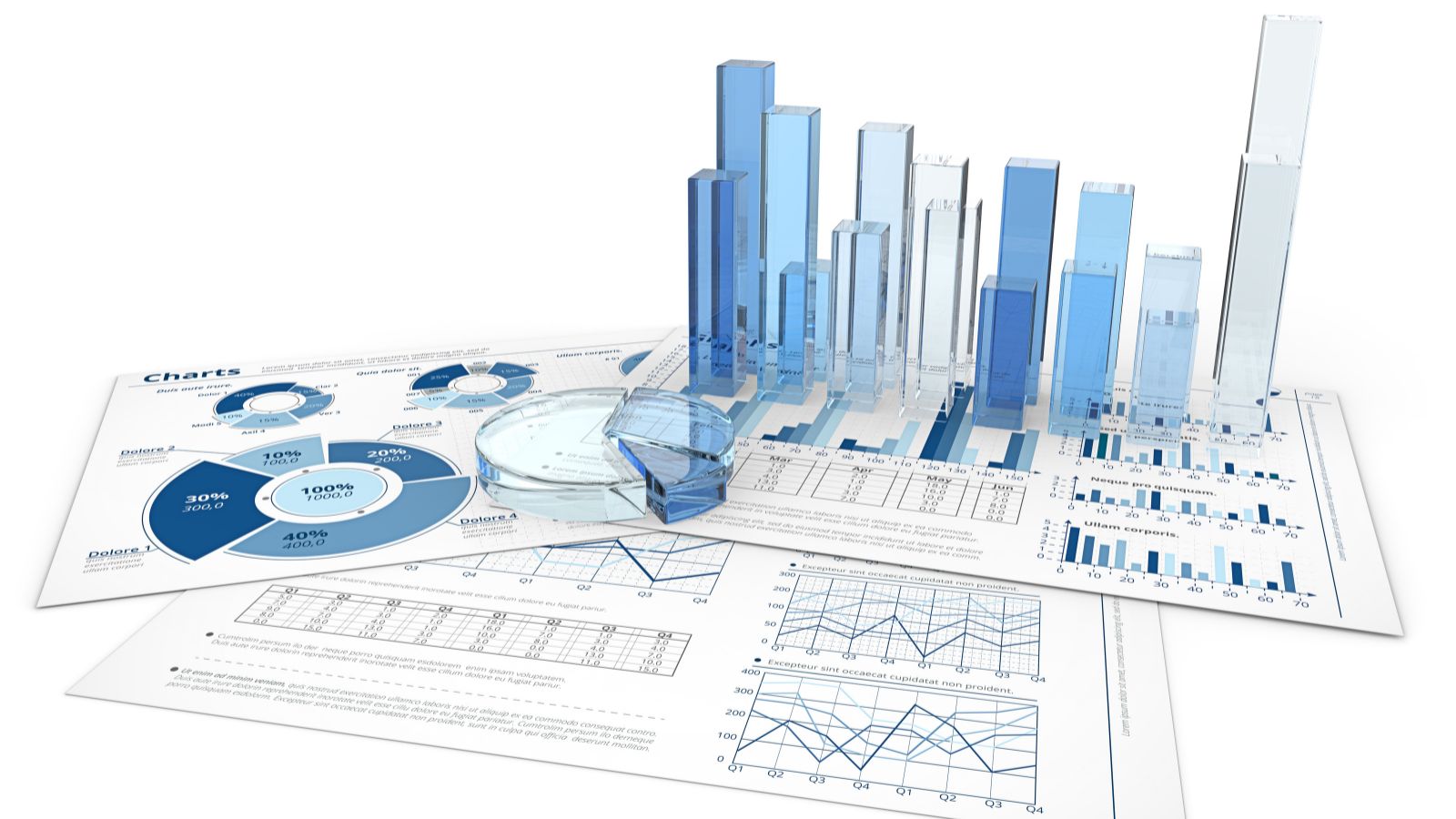
The report also claims that state regulators are to blame for not keeping tabs on who’s insured and who’s not. The report’s writers claim that collecting this data could help them solve this problem, as it could lead to solutions that help people avoid financial ruin. Without this data, it’s hard to know how to address these gaps effectively.
Big Problems and Big Solutions
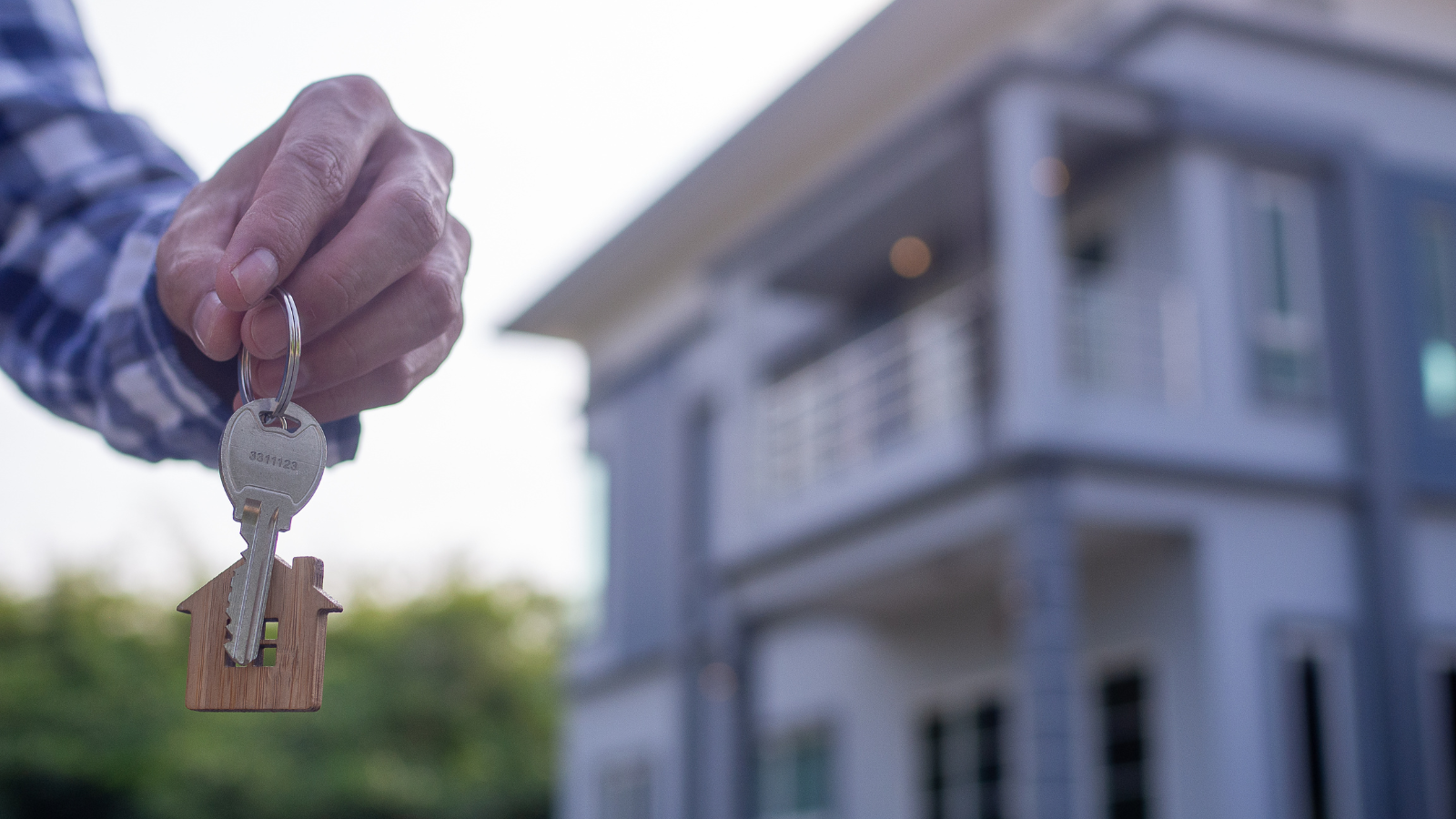
Fixing these issues will help homeowners and the whole housing market. Unfortunately, it’s going to take a lot of work and money in community risk reduction and home improvements to get things back on track. State officials need to adopt the right strategies so that homeowners insurance works for anybody who’s at risk.
Cut Out the Middlemen

Another interesting point from the study is the recommendation that we should stop relying so much on global insurance. These are the people who support the insurers. The report claims that reducing this dependence would make our own insurance market more stable so we can offer more reliable and convenient coverage.
Economic Problems

Douglas Heller is another member of the study’s team. He said, “When millions of American families simply cannot find or cannot afford insurance coverage for their home, we are all exposed. Not only are uninsured families unprotected, but the economic fabric of entire communities is also at risk if significant portions of residents cannot rebuild after a disaster.”
A Wake-Up Call

Heller continued, “Our study should be a wake-up call for lawmakers, insurance and housing regulators, and the nation’s emergency management agencies.” Clearly, this is an issue that involves us all, which means we all need to be part of the solution. After all, no family should have to deal with a disaster without any support.
Economic Stability and Homeownership

The report shows a clear link between stable homeownership and economic stability. Real estate can help local economies grow, and insurance is a big part of this because it helps homeowners protect their investments and their future. If more people have insurance, it’s better for the whole community.
How Lawmakers Can Help

So, what are the solutions? The report suggests that lawmakers should create laws and regulations to make this type of insurance more accessible and affordable to communities. This way, they can protect their homes and their insurance. Lawmakers are the only people who can create policies to plug these insurance gaps.
Federal Involvement

Likewise, the report also says that the federal government needs to take a bigger role in helping communities reduce risks and keep homes insured. It suggests that state officials invest in solutions that’ll help improve things on a national level through large-scale initiatives. They could also use resources to fix the insurance industry’s systemic issues.
More Affordable
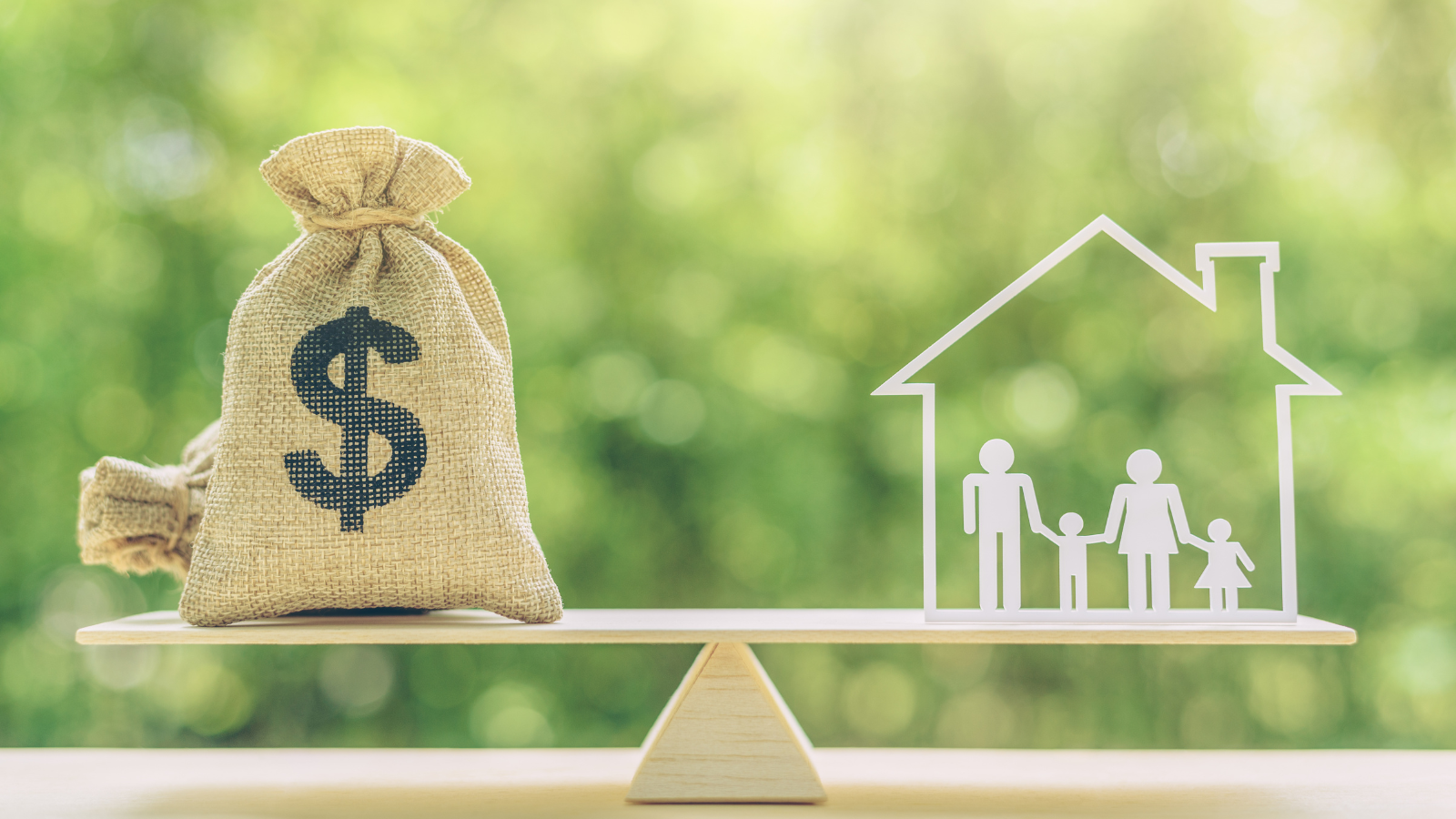
The study suggests that policies and market practices need to change to reduce insurance costs. This would mean that more people can protect their homes without having to worry about their finances. More regulation and policy changes could also encourage more competitive pricing and new insurance products to support a greater variety of homeowners.
Acting Now

The report mentions the importance of acting now, stating, “More research is needed to deepen our understanding of the scale and locus of the homeowners insurance gap facing millions of Americans. But it is also clear that policymakers and regulators cannot wait to address the drivers of the insurance crisis that leaves so many American families and their homes at risk.”
Closing the Inequality Gap

Finally, the report also makes it clear that we need to address the economic inequalities that come from differences in insurance. As it stands, homeownership isn’t a path to building wealth that’s accessible for all communities. The report says we should make things fairer so that everyone has the chance to use their home to get rich.
Stepping Up

It’s time for insurance companies to rethink their policies so that no homes are left behind. More inclusive practices would stop so many people from dealing with disasters unprotected, and insurers have a responsibility to help make this happen. They need to make their products more accessible and affordable.
19 Grim Realities of Dating After 50 That Are Often Overlooked
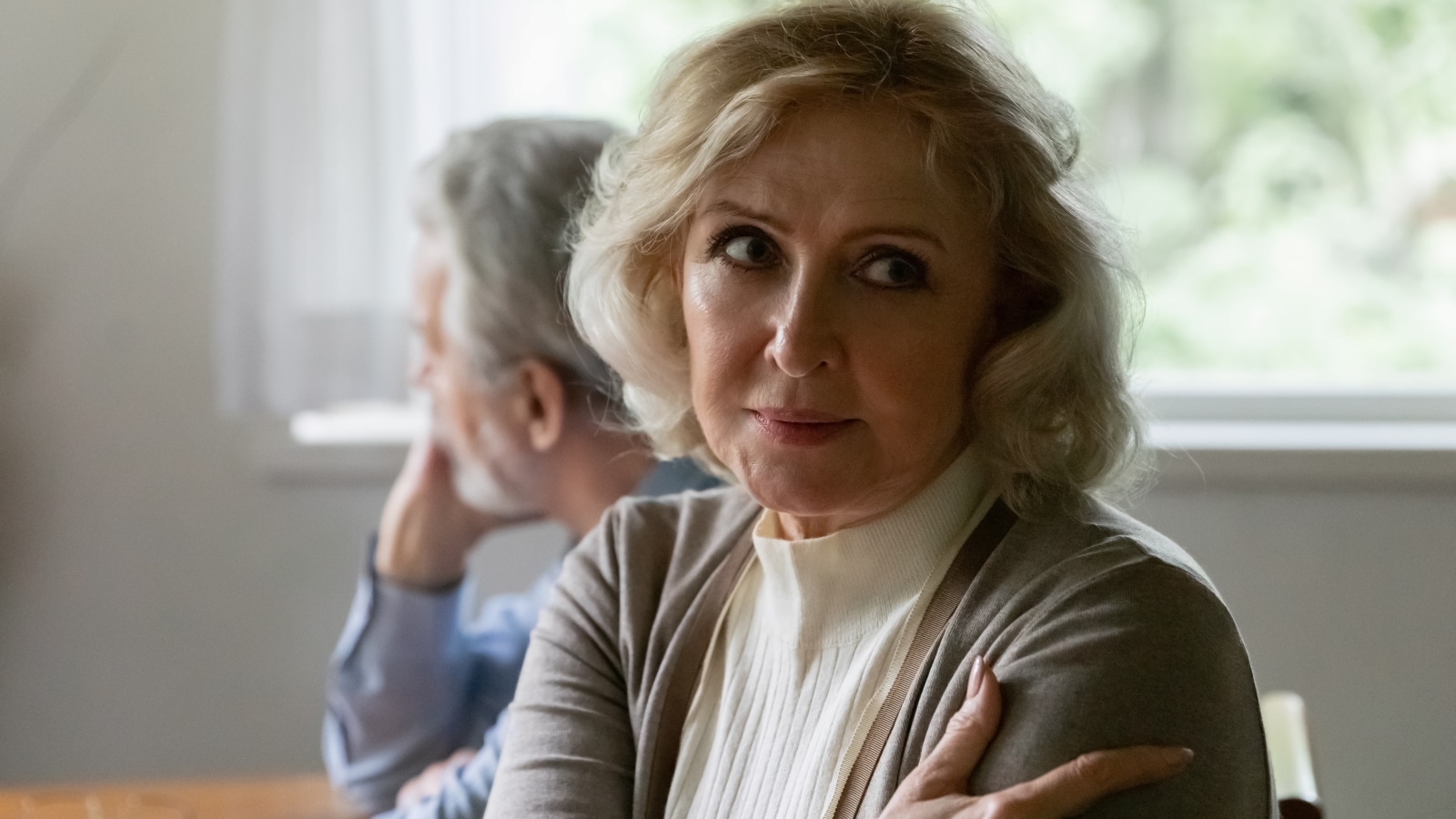
19 Grim Realities of Dating After 50 That Are Often Overlooked
26 Things That Will Be Extinct Because Millennials Refuse to Buy Them

26 Things That Will Be Extinct Because Millennials Refuse to Buy Them
24 Outdated Slang Terms You Absolutely Shouldn’t Be Using Anymore

24 Outdated Slang Terms You Absolutely Shouldn’t Be Using Anymore
25 Hardest Parts About Getting Older That No One Ever Talks About

25 Hardest Parts About Getting Older That No One Ever Talks About






